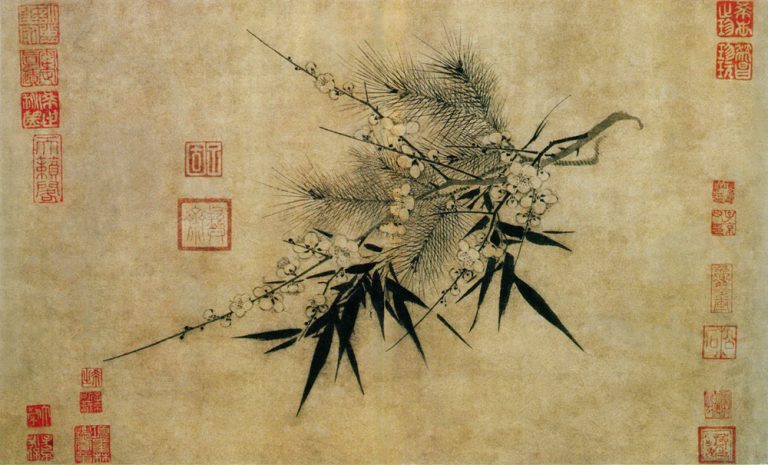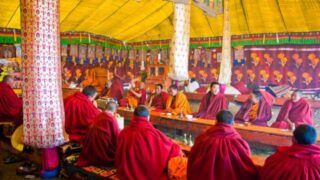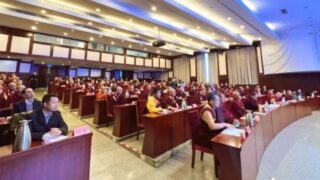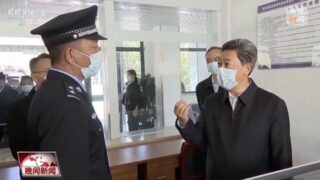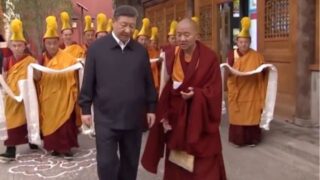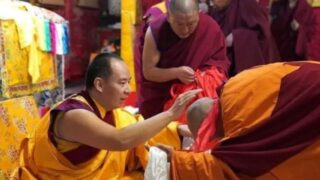The construction of Chinese villages in a holy Buddhist area in occupied Bhutanese territory is part of a wider anti-Indian strategy.
by Massimo Introvigne
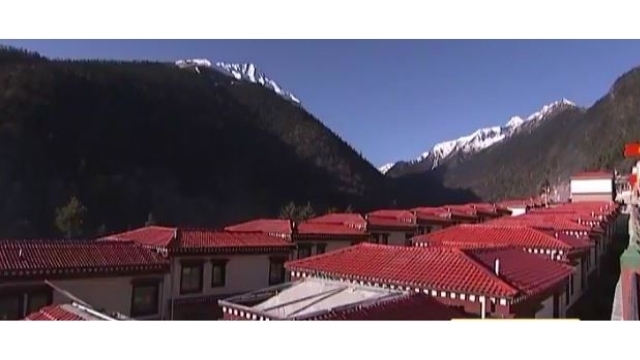

In early May, China announced that the construction of a new village called Gyalaphug in Tibetan or Jieluobu in Chinese had been completed in the southern part of Tibet Autonomous Region. There is only one problem with this, Gyalaphug is situated in Bhutan, not in China.
And there is more. We read in Foreign Policy on May 7 that China is building three villages (including Gyalaphug), “66 miles of new roads, a small hydropower station, two Communist Party administrative centers, a communications base, a disaster relief warehouse, five military or police outposts, and what are believed to be a major signals tower, a satellite receiving station, a military base, and up to six security sites and outposts,” all in Bhutanese territory.
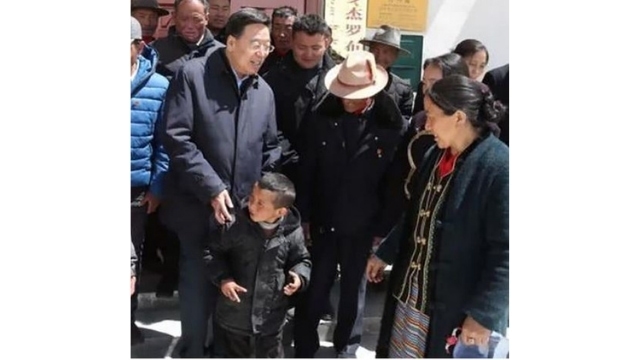

What China is doing within the territory of a sovereign state is unprecedented, and the name of the area, “Beyul,” immediately evokes a deep religious meaning. In Tibetan Buddhism, beyuls are hidden valleys that the “second Buddha” Padmasambhava designated in the 8th century CE as spiritual refuges. Beyuls are where the spiritual and the material world touch each other. They are also, Padmasambhava taught, where Buddhists will be able to retreat when the rest of the world will become too corrupt for their practice.
The exact number of beyuls designated by Padmasambhava is disputed, but Beyul Khenpajong, the area now occupied by the Chinese, is certainly one of them. By occupying another beyul, in addition to those in the so-called Tibet Autonomous Region, the CCP gives a powerful signal of its wish to keep Tibetan Buddhism under the Party’s control.
The move has, however, also a geopolitical meaning. China and Bhutan do not maintain diplomatic relations, but there are periodical political talks, and wisely Bhutanese authorities have always tried to avoid a confrontational attitude towards their mammoth neighbor. They may choose to look the other side even when China occupies 495 square kilometers (191 square miles) of Bhutanese territory in the Beyul Khenpajong and Menchuma Valley area, although Foreign Policy commented that, “Given its incomparable importance for the Bhutanese and for Tibetan Buddhists in general, no Bhutanese official would ever formally relinquish this area to China, any more than Britain would yield Stonehenge or Italy Venice.” It has never been a Chinese area, and China’s claims are groundless.
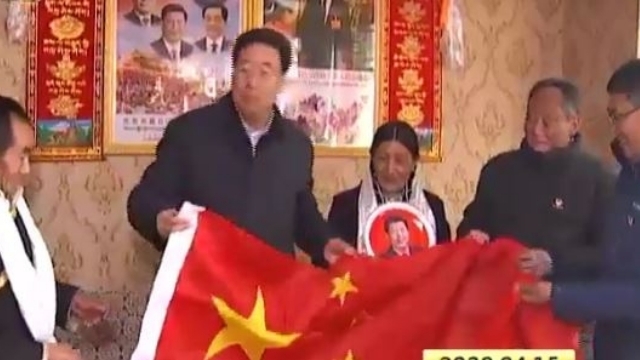

Reportedly, in the political talks China has said it is willing to give back the part of Beyul Khenpajong it has occupied to Bhutan in exchange for another 269 square kilometers (104 square miles) of disputed areas—Doklam, Charithang, Sinchulungpa, Dramana, and Shakhatoe—in western Bhutan. Those areas are far away from Beyul Khenpajong, but close to the triple China-Bhutan-India border, and their control would offer to Beijing a decisive military advantage to threaten India.
Meanwhile, in China, hate campaigns against India do not subside. Bitter Winter reported about bad taste social media posts by official CCP institutions showing images of the cremation of India’s COVID-19 victims accompanied by comments on India’s supposed religion-based backwardness. While the posts were deleted, and criticized by many, Professor Shen Yi of Fudan University, who has become a social media hero in China for his ultra-nationalist comments, stated that the comparison of India’s “backward” funeral pyres and China’s “progressive” rocket launch was “very good,” adding that “the temper caused by the flirtatious whore that is India is also necessary. As for the holier-than-thou bitches [referring to those who criticized the bad taste of the posts], if you want to express your feelings, please go to India and burn firewood.”
